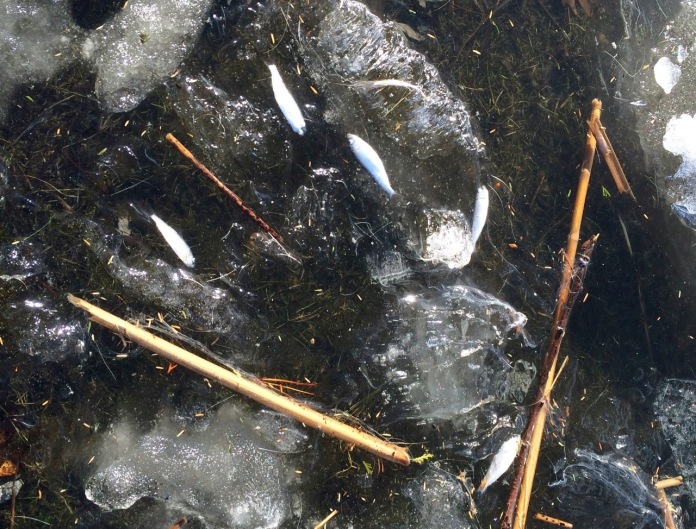The Environmental Protection Agency and the state have agreed on new limits to the amount of phosphorus entering Lake Champlain.
The U.S. Environmental Protection Agency has released a new final draft plan to reduce the amount of phosphorus that drains into Lake Champlain by more than 30 percent in the next decade.
The plan seeks to curb phosphorus pollution by controlling runoff into the lake and its tributaries.
Gov. Peter Shumlin and EPA Region 1 Administrator Curt Spalding announced the plan [August 14] at a joint news conference with EPA officials at the lake’s North Beach in Burlington.
“We stand here on Vermont’s most beautiful natural resource to celebrate that Vermont and the EPA have come to a meeting of the minds about the best way to clean up this lake,” Shumlin said.
The state has $10 million to launch the new project and anticipates several million dollars annually from federal, state and private sources to implement the plan, said Vermont Natural Resources Secretary Deb Markowitz.
The state also has established a Clean Water Board to manage clean water funds for the project, Markowitz said.
The EPA will accept public comment on the plan until Sept. 15.
Three public hearings on the plan are scheduled for later this month:
- Aug. 26, 6-8 p.m., St. Albans Historical Society, 9 Church St.
- Aug. 27, 10 a.m.-noon, Doubletree Hotel, 1117 Williston Road, South Burlington.
- Aug. 27, 2-4 p.m., Rutland Free Library, 10 Court St.
You can download a copy of the plan from the EPA’s website: http://www.epa.gov/region1/eco/tmdl/lakechamplain.html

